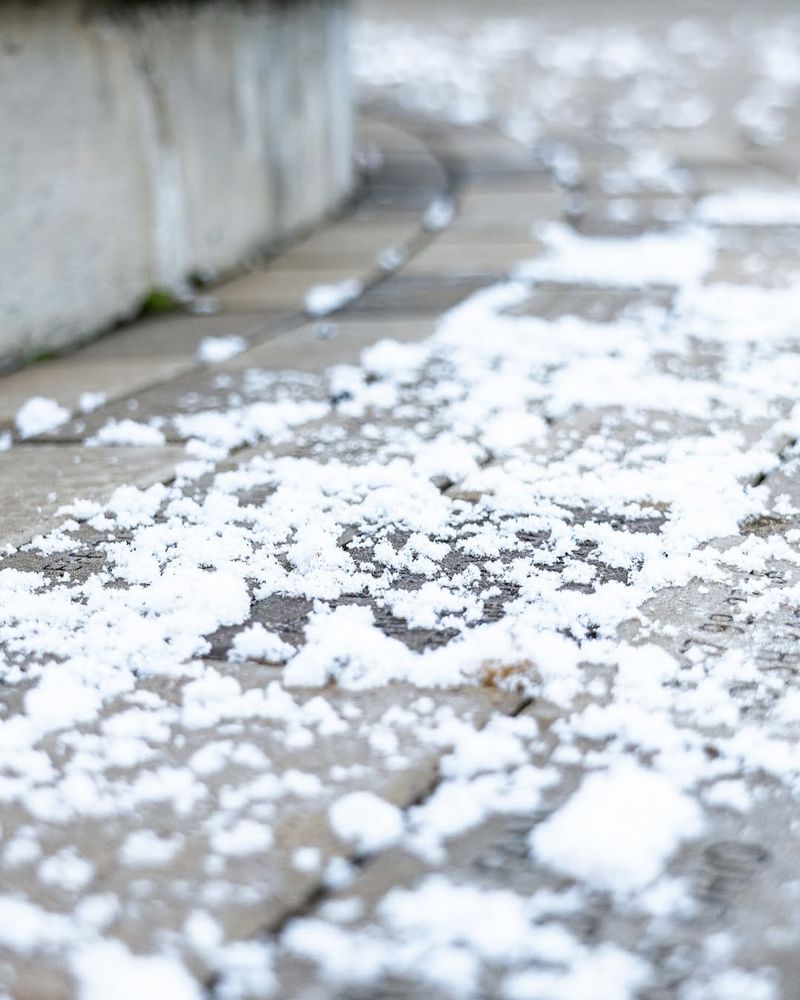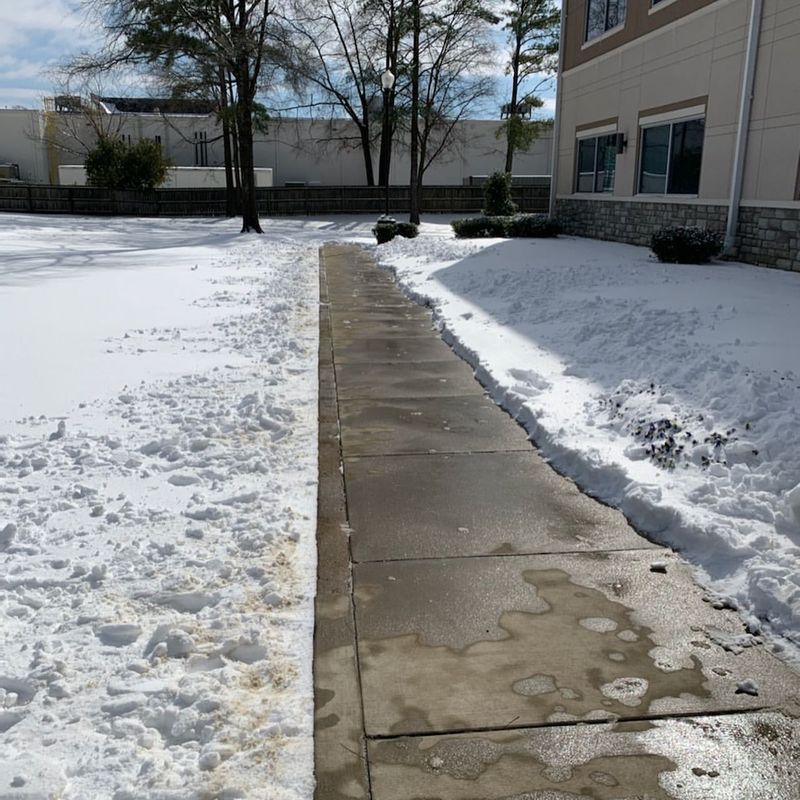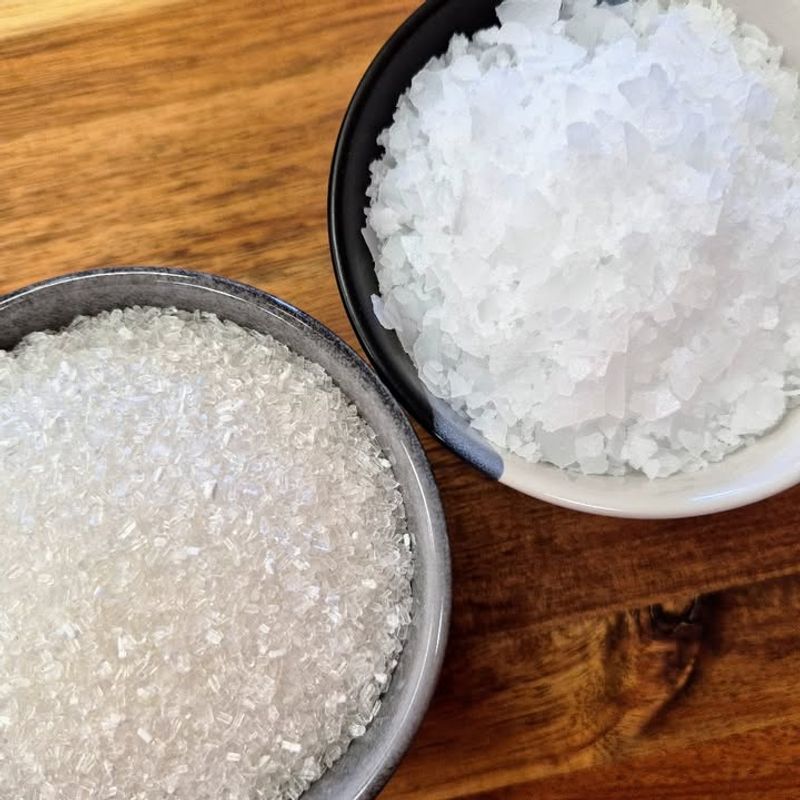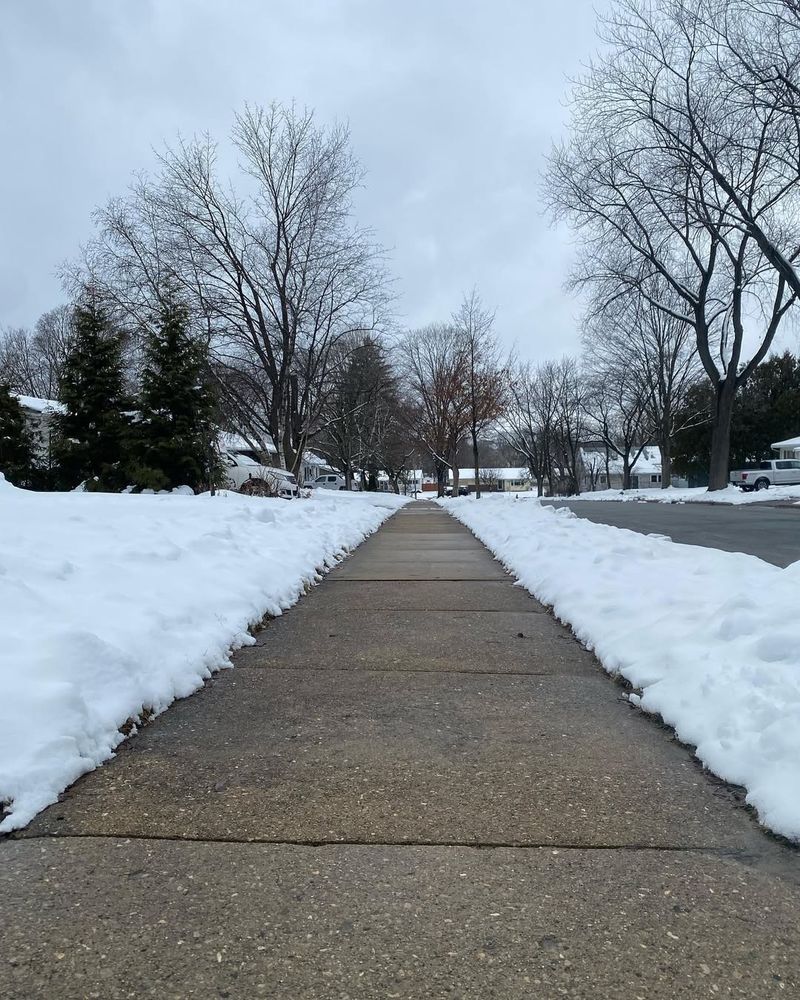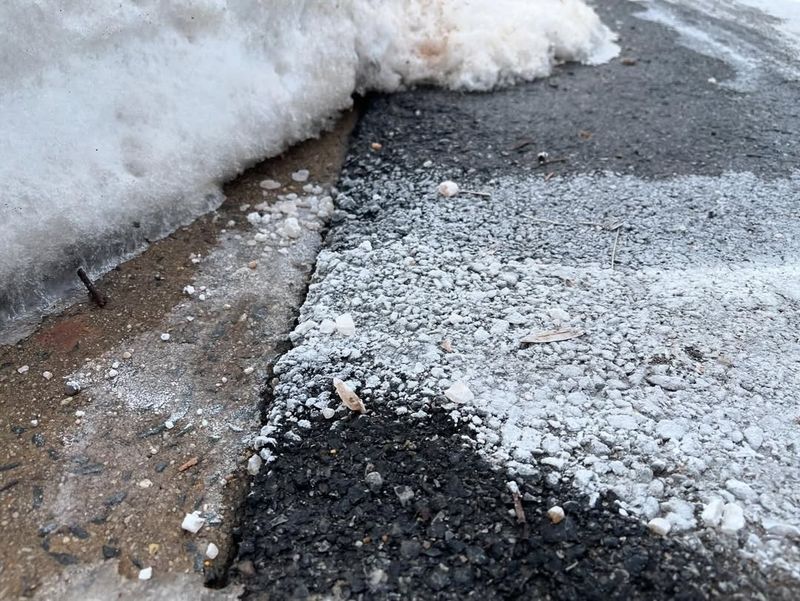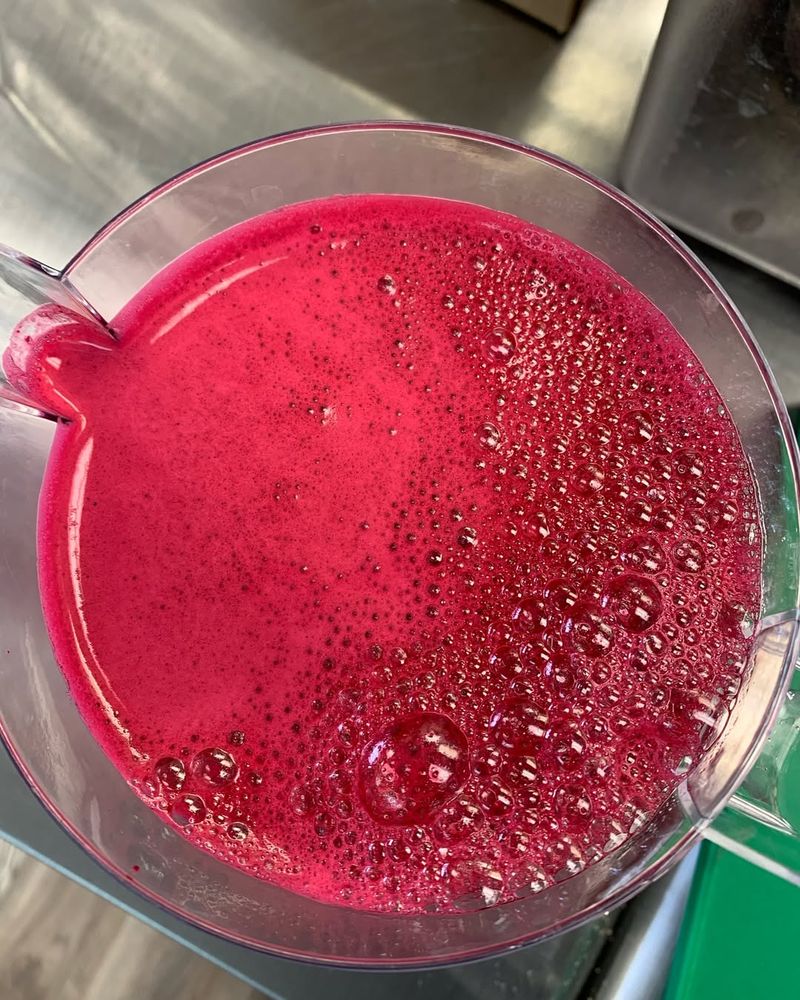Wisconsin winters don’t pull any punches, and when the sidewalks start turning slick, residents spring into action with whatever works best.
From clever household standbys to smart substitutes, these everyday items help keep walkways safe when the temperature takes a nosedive. A little know-how goes a long way, and these simple solutions can keep you on your feet when winter tries its hardest to knock you off balance.
1. Rock Salt (Sodium Chloride)
Most Wisconsin driveways and sidewalks get treated with this affordable classic during winter months. Rock salt works by lowering the freezing point of water, which makes ice melt even when temperatures drop below 32 degrees Fahrenheit.
You can find bags of rock salt at nearly every hardware store and grocery store throughout the state. It’s effective down to about 15 degrees Fahrenheit, making it suitable for many Wisconsin winter days.
Just remember that rock salt can damage concrete over time and harm plants near treated areas, so use it carefully around gardens.
2. Calcium Chloride Pellets
When temperatures plunge well below freezing, calcium chloride becomes the go-to choice for serious ice fighters. Unlike regular rock salt, these pellets keep working even when the thermometer reads negative 25 degrees Fahrenheit.
This powerful ice melter generates heat as it dissolves, which speeds up the melting process significantly. Many Wisconsin residents keep a bucket handy near their front door for quick application during sudden cold snaps.
The pellets cost more than rock salt, but they’re worth the investment when brutal cold hits your neighborhood.
3. Magnesium Chloride
Environmentally conscious Wisconsin homeowners often choose magnesium chloride because it causes less damage to plants, pets, and concrete surfaces. This gentler alternative still packs enough punch to melt ice effectively in temperatures down to about 5 degrees Fahrenheit.
Farmers and rural residents particularly appreciate how it won’t harm soil quality or burn grass like harsher chemicals do. The round pellets are easy to spread evenly using a handheld spreader or simply by hand.
Your local garden center usually stocks this option alongside traditional salt products during winter months.
4. Sand Or Kitty Litter
Adding traction instead of melting ice is a smart strategy many folks use when temperatures become too cold for salt to work effectively. Sand and kitty litter don’t melt anything, but they provide grip that helps prevent slipping on frozen surfaces.
This approach is especially popular with pet owners who worry about chemicals hurting their animals’ paws. Kitty litter absorbs moisture while creating a gritty surface that shoes can grip securely.
Come springtime, simply sweep up the leftover material and dispose of it properly to keep your yard looking clean.
5. Urea (Fertilizer)
Gardeners appreciate this dual-purpose solution that melts ice while adding nitrogen to surrounding soil as it washes away. Urea fertilizer works as a less corrosive alternative to traditional salt, making it safer for metal surfaces, concrete, and vegetation.
It’s particularly useful for sidewalks that border flower beds or lawn areas where you want to avoid damaging plants. The ice-melting power works best in temperatures above 15 degrees Fahrenheit.
Hardware stores and farm supply shops carry urea throughout winter, often at reasonable prices compared to specialty ice melt products.
6. Beet Juice Mixture
Believe it or not, leftover liquid from sugar beet processing has become a surprisingly effective ice prevention tool across Wisconsin. Many municipalities now mix beet juice with traditional salt to create a solution that sticks to pavement better and works at lower temperatures.
Homeowners can purchase pre-mixed beet juice products or make their own blend for treating walkways before storms hit. The natural sugars help lower the freezing point while reducing the amount of salt needed.
Plus, it’s made from agricultural waste, making it an environmentally friendly choice for your property.
7. Hot Water And Rubbing Alcohol Mix
Budget-conscious residents swear by this simple homemade solution that combines warm water with rubbing alcohol and a few drops of dish soap. The alcohol lowers the freezing point significantly, while the soap helps the mixture spread evenly across icy patches.
Mix about one tablespoon of rubbing alcohol per quart of hot water for best results on smaller areas. This method works great for quick spot treatments when you need immediate traction.
Keep in mind that results are temporary, so you’ll need to reapply if temperatures stay below freezing for extended periods.


